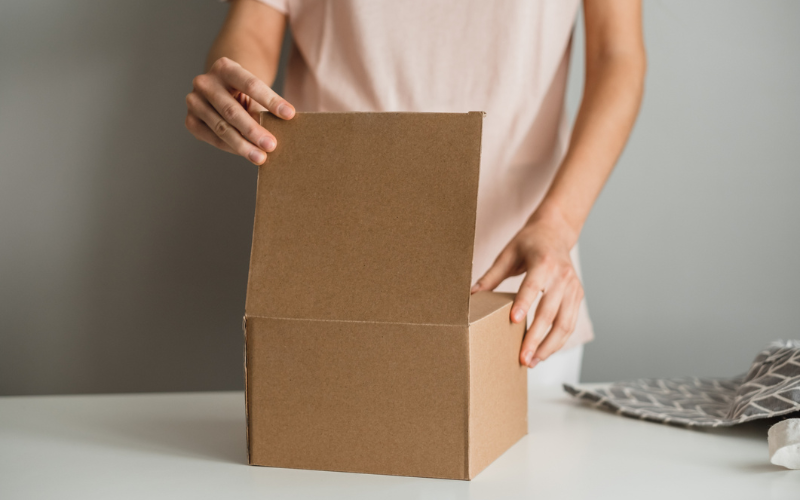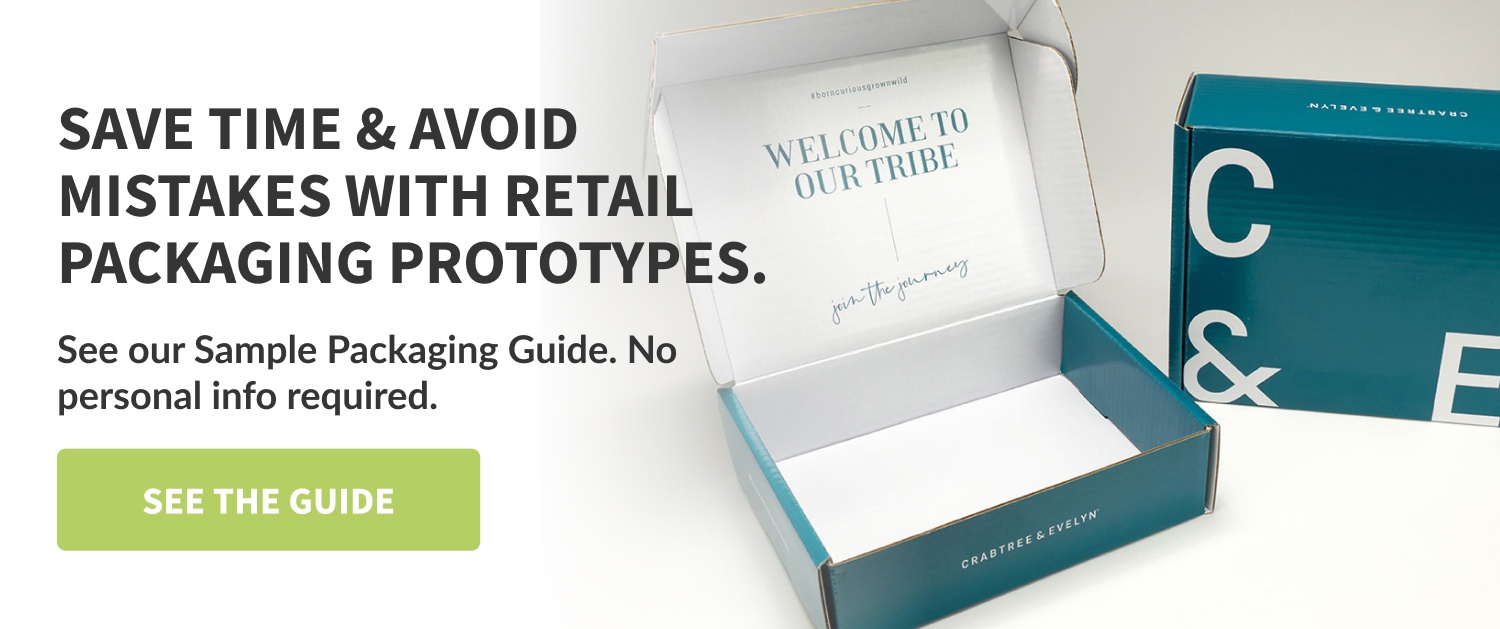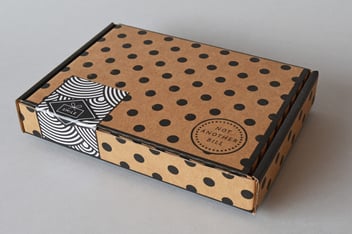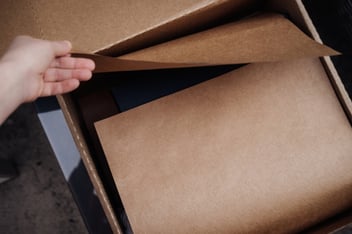From Concept to Creation: How Sample Boxes Empower Package Designers in Prototyping and Testing
In product design, turning ideas into tangible prototypes is a crucial part of the creative process. However, prototyping and testing can be time-consuming and costly, especially when multiple iterations are required.
Sample boxes can revolutionize how product and packaging designers bring their concepts to life, providing an efficient and cost-effective solution for prototyping and testing and enabling designers to iterate and refine their ideas quickly.
In this blog post, we will explore how sample boxes enhance the entire design process by empowering designers to prototype without bounds.
Understanding Sample Boxes
Sample boxes, also known as prototype boxes or mock-up boxes, are physical representations of product designs created in the early stages of development. These boxes are typically made using materials similar to the final product, allowing designers to evaluate form, fit, and function.
Sample boxes provide a realistic representation of the product packaging, which enables designers to make informed decisions and gather valuable feedback before moving forward with mass production and shipping.
Rapid Iteration and Refinement
One of the significant advantages of sample boxes is their ability to facilitate rapid iteration and refinement of product designs. Traditional prototyping methods often involve lengthy production cycles, making it tough for designers to experiment and make timely improvements.
With sample boxes, designers can easily modify and test different design elements, materials, dimensions, and features. This iterative process allows continuous improvement and optimization, producing a final product that meets or exceeds the intended specifications.
Cost-Effectiveness
Developing physical prototypes can be expensive, especially when using traditional manufacturing methods. Sample boxes offer a cost-effective alternative by minimizing production costs and reducing material waste.
They are often produced using digital printing or small-scale manufacturing techniques, allowing designers to test their ideas without investing significant resources. By eliminating the need for expensive tooling or molds, sample boxes provide an affordable option for designers, regardless of their budget constraints.
User-Centric Design
Sample boxes play a vital role in user-centric design methodologies. By creating physical prototypes, designers can test the product's viability and gain valuable insights into user interactions, ergonomics, and usability.
Is a window needed? Is there a benefit to exposing a detail of the product? Or is the detail better explained in a photo? A package mock-up will answer these and more.
Testing a product in the real world helps identify flaws or improvements that may not be apparent in digital simulations. User feedback gathered from sample box testing can inform design decisions, leading to products that better meet the needs and expectations of the end-users.
Effective Communication and Collaboration
Sample boxes are powerful communication tools between designers, clients, and stakeholders. Presenting a physical prototype conveys the design concept more effectively than sketches or digital renderings.
Clients and stakeholders can touch, feel, and interact with the sample box, providing a better understanding of the product's potential. This tangible representation fosters collaboration and aligns expectations, resulting in smoother decision-making processes and reducing the risk of misunderstandings.
Streamlined Production Process
Testing the packaging’s assembly, materials, and manufacturing techniques through sample boxes can not only help streamline production—by incorporating sample boxes early in the design process, potential manufacturing issues can be identified and addressed before mass production.
Designers can work closely with manufacturers to ensure the final product is produced efficiently and cost-effectively, avoiding expensive rework or modifications later.
In-House or Outsource?
Designers must decide whether to outsource or handle a task in-house. Each approach has advantages and disadvantages that designers should consider carefully.
Outsourcing Pros & Cons
Outsourcing allows designers to tap into the expertise of specialized agencies or manufacturers with extensive experience creating high-quality sample boxes. These professionals possess the knowledge and skills to produce visually appealing and structurally sound prototypes to represent the product accurately.
By leveraging the resources and abilities of an external partner, designers can often achieve faster turnaround times and access a wider range of production options.
However, outsourcing does come with some potential downsides. It may result in higher costs, as designers must account for the fees charged by the external agency or manufacturer.
In-House Pros & Cons
Opting to handle sample box design and production in-house offers different advantages. Designers have complete control over the entire process, from ideation to execution, allowing for greater creative freedom and flexibility. In-house production can facilitate seamless collaboration between designers and other team members, ensuring design intent is accurately translated into the sample boxes.
However, in-house production requires designers to invest in equipment, materials, and expertise to execute the task effectively. This can be costly, particularly for smaller design studios or independent designers. Additional production responsibilities may divert time and resources from other critical design activities, potentially slowing development.
Related Content: Packaging Mockup vs. Packaging Sample: What's the Difference?
Takeaway
Sample boxes are a game-changer for product designers—with sample boxes, designers can more easily bridge the gap between concept and creation. The ability to rapidly iterate, cost-effectively prototype, and gather user feedback through sample boxes empowers designers to create products that excel in form, function, and user experience.
Incorporating sample boxes into the design process accelerates the development timeline and fosters effective communication and collaboration. As technology advances, sample boxes will continue to play a vital role in empowering product designers and revolutionizing how products are brought to life. So, no matter whether you are a green or seasoned designer, the power of sample boxes can help you unlock your creative potential.






